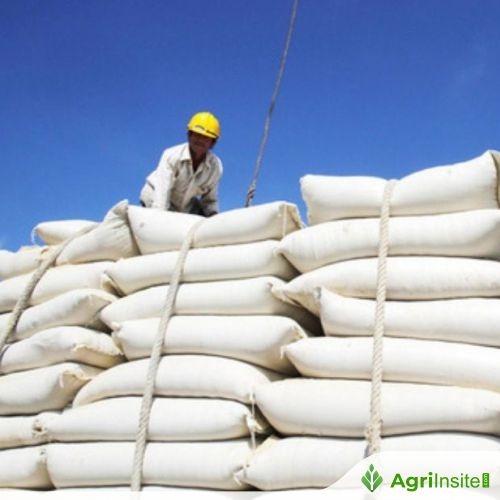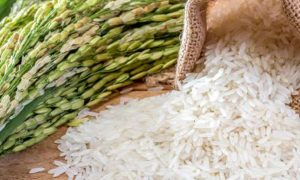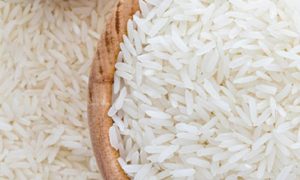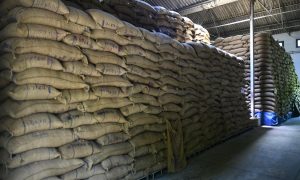Philippines redefines rice import policy with market-linked tariff framework for 2026

The Philippines will resume rice imports in January 2026 under a new flexible tariff system ranging from 15–35 per cent, replacing the current 15 per cent rate. The policy, set after an import ban until December 2025, aims to stabilize supply, protect farmers, and balance food security with affordability.
The Philippines will begin importing rice by January 2026, marking a critical transition toward a new, flexible tariff structure designed to stabilize domestic supply while balancing farmer welfare and consumer affordability. The move follows the recent issuance of Executive Order No. 102 by President Ferdinand “Bongbong” Marcos Jr., extending the temporary import ban on regular and well-milled rice until December 31, 2025.
According to Agriculture Secretary Francisco Tiu Laurel Jr., the resumption of imports early next year is essential to ensure adequate buffer stocks ahead of the next harvest season. The Department of Agriculture (DA) has set December 15, 2025, as the internal deadline to finalize the tariff rate applicable from January 1, 2026, which will replace the current 15 per cent levy.
The new tariff framework, endorsed by the Economic Development Council and the Tariff and Related Matters Committee (TRMC), will adopt a gradual, price-linked adjustment mechanism, with rates moving by five percentage points for every 5 per cent change in global rice prices, bounded between 15 per cent and 35 per cent. This dynamic formula is intended to cushion both farmers and consumers from volatile international rice markets.
The DA has clarified that the new rate “will not be 15 per cent” when imports resume, signaling an upward adjustment as part of the country’s long-term normalization of rice tariffs. This approach aims to prevent inflationary shocks while supporting domestic producers amid moderating global prices.
The Samahang Industriya ng Agrikultura (SINAG), representing local farmer groups, has urged the government to restore the full 35 per cent tariff, arguing that the emergency tariff reduction introduced in June 2024 under Executive Order 62—when global rice prices spiked to $680 per metric ton—is no longer justified. Global prices have since fallen nearly 50 per cent, now averaging $330 per metric ton.
Farmer groups warn that continuing the lower tariff will further pressure domestic paddy prices, which, according to the Philippine Statistics Authority (PSA), have dropped from an average of ₱17.11 per kilogram in August 2025 to as low as ₱8 per kilogram in some regions. Meanwhile, retail prices in Metro Manila markets currently range from ₱39.50 to ₱57.76 per kilogram for imported rice, and ₱37.10 to ₱57.09 per kilogram for local varieties.
The upcoming policy shift underscores the Philippines’ broader effort to balance food security with farmer income protection. With domestic production constraints and the nation’s reliance on imports to meet consumption needs, the flexible tariff system is being positioned as a strategic bridge between competitiveness and resilience.
The policy also carries important implications for India, one of the Philippines’ key rice suppliers. Following India’s partial export restrictions in 2023–24, the Philippines diversified its sourcing toward Vietnam, Thailand, and Pakistan. However, the normalization of tariffs and expected import resumption in early 2026 could reopen the market to Indian non-basmati exporters—especially if New Delhi further relaxes its curbs. The Philippine market, known for preferring long-grain and parboiled rice, could offer a fresh outlet for Indian exporters facing slowing demand in Africa and volatile freight rates to the Middle East.
At the same time, the gradual tariff escalation toward 35 per cent may temper import volumes, compelling buyers to focus on high-efficiency suppliers with stable quality and logistics networks—an area where India’s public-private grain trade ecosystem can gain strategic advantage. As the global rice trade recalibrates around price-linked tariff regimes, both Manila and New Delhi stand to redefine their agricultural trade alignment, balancing domestic politics with food security imperatives.
As the Department of Agriculture prepares for the reentry of imported rice into the market, the focus remains on building a sustainable and equitable rice economy—one that not only stabilizes the national supply chain but also integrates seamlessly with Asia’s evolving trade architecture.
Source : AgroSpectrum India















